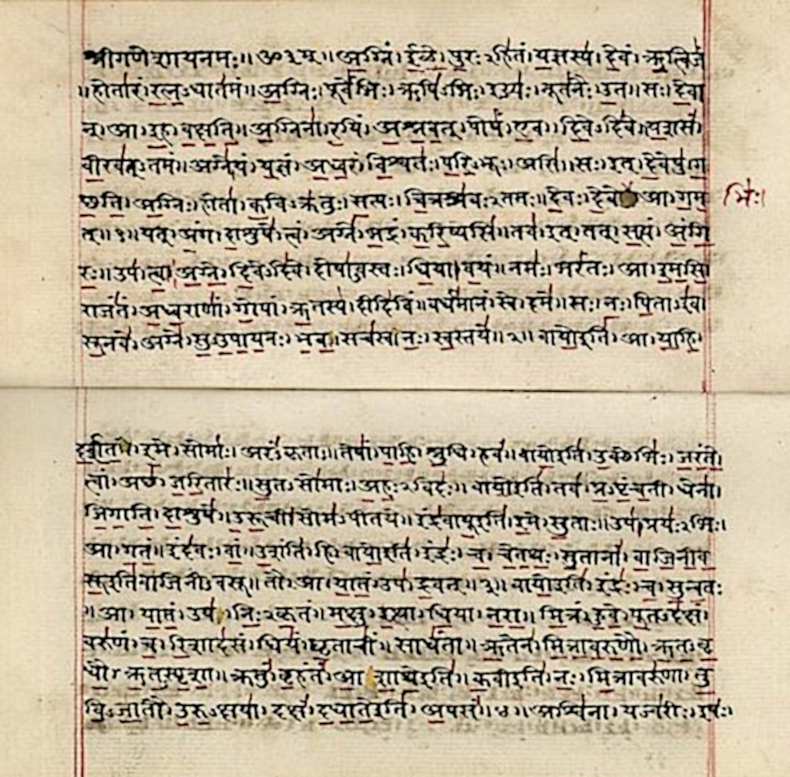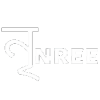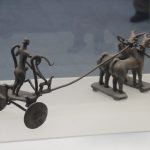
Aitareya Aranyaka
It is assumed that Aitareya Aranyaka was first recorded about 600 years before the birth of Christ. So far, this is the first and the most ancient document mentioning the word “Banga”. What was written there about “Banga”? And why was “Banga” mentioned in the ancient text? Let us briefly know about Aitareya Aranyaka. The teaching which used to be performed in the forest, known as Aitareya Aranyaka.
Saints & Sages
In ancient times, saints, sages, and scholars verbally transferred their teachings to their disciples. The Sanskrit words “Shruti” and “Smriti” are related to the teachings of Aitareya Aranyaka. “Smriti” means memory which is a Sanskrit word that originated from the word ‘Smar’ meaning reminisce. But according to the Puran, “Smriti” is the daughter of the God ‘Dharma’ and ‘Medha’. ‘Smriti’ is written by a certain transcriber. It is usually not considered to be a rudimentary task and it is also thought to be less reliable than ‘Shruti’. ‘Aranyaka’ is included in Shruti. In the second part of Aitareya Aranyaka, the words “Vayamsi Vangavagadha Cerapadah” which means “the people of Banga are birds like” are mentioned. It has also another explanation. Before knowing the explanation, let us discuss the verses.
Verses From Aitareya Aranyaka
- This is the path: this sacrifice and this Brahman. This is the truth.
- Let no man diverge from it. Let no man transgress it.
- For they did not transgress it; sages and those who transgress it were astray.
The above three verses from Aitareya Aranyaka are explained quite similarly in the translations of both Arthur Keith and Freidrich Max Muller. However, there is an obvious difference between the later verses.
- A sage mentioned that the people of three classes were infringers; the others settled around the uncovered fire; the sun was in the middle, the wind was blowing to the end of the earth.
- When he said, “Three groups of people crossed the line; they are now seen as trees, creepers, snakes, and birds. (both Max Muller and Arthur Keith support a second explanation that “Three groups of people will burn in hell. The fourth group; Fulfilled by faith and worship the air, fire, and other gods to reach the highest peak in the universe”.
But in the same part (Vayamsi Vangavagadha Cerapadah), Arthur Keith gave a different explanation which says, “Three groups of people are infringers; who are like birds: Vanga, Vagadh, Cerapad. He thought that this “Vanga” is the east Bengal (Currently a part of Bangladesh); “Bagadh” are people of the Magadha region of ancient India, and “Cherapad” resembles the “Charas” race from south India. According to his view, “vayamsi” or “Birdlike” meant people who could speak in their own language. This language was not understandable to the Aryan Sages. So, they compared this language with “Bird’s Twitter”.
According to this discussion, if “Banga” was actually some part of present Bangladesh, then it means people from Bengal had their own language and culture. It also indicates that they refused to sacrifice their culture. So, the question is what is the anthropological significance of it?
Referrence & Further Readings:
- Aitareya Aranyaka was written between 600 to 500 BC. According to Patrick Oliver’s study of 1998, Aitareya Upanishads are pre-Buddhist era Upanishads. The period of composition of these Upanishads is approximately between the 6th and 5th centuries BC.
- The Early Upanishads: Annotated Text and Translation, Oxford University Press, Page (12–13). Patrick Olivelle.
- Biplob Dasgupta, European Trade and Colonial Conquest, Page: 7.
- The name ‘Vanga’ was first mentioned in Aitareya Aranyaka. Sukamar Sen; Bangla Sahitter Itihas ( History of Bengali Literature), part I.
- The Aitareya Aranyaka, Arthur Berriedale Keith, Page: 212. The Sacred Book of East; F Max Muller.
- A) The word Shruti is found in ancient Vedic literature, especially in verse 7.13 of the Chandagaya Upanishads.
- Smriti Sahitya is a collection of books. Mahabharata and Ramayana, Dharmasutra and Dharmasastra, Arthasastra, Various Puranas, poetry etc.
- Ideologically, the Aranyaka is close to the Brahmin ideology. Shruto or fundamental vision about religion is called ‘Shruti’.
- In Shruti literature, there are 76 books. 4 Bedas, 6 Bedankas, 18 Brahmanas and 9 Aranyaka. Besides these, there are 13 Upanishads, 4 Upabedas (Sub-Beda), 20 Sanghita (codes) or Smriti, 2 Samanna. The Bhagawad Gita and Brahmashutra are also included.
- Arthur Keith, a Scottish professor, was an Indian theorist and Sanskrit scholar. Frederick Max Muller was a sociologist and expert in Indian studies.
- http://www.sacred-texts.com/hin/sbe01/sbe01202.htm


